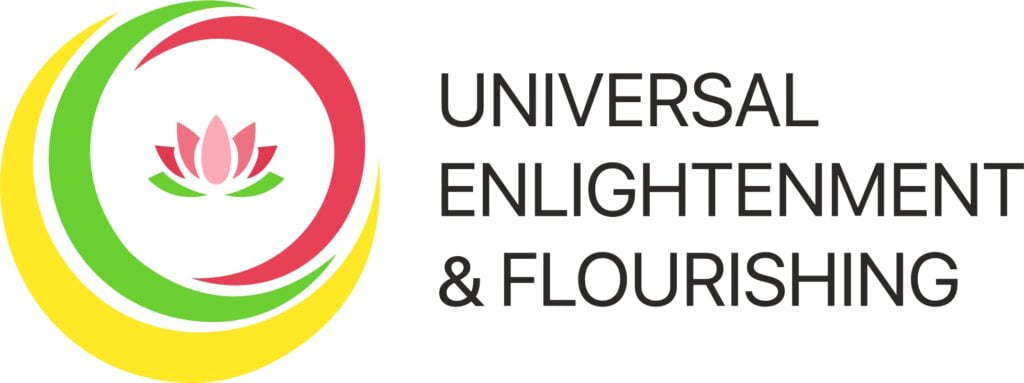Flow: Universal Pathways to Transcendence
Have you ever been so immersed in an activity—writing, painting, dancing, solving a puzzle—that you lost track of time, forgot your ego, and felt completely alive? Psychologist Mihály Csíkszentmihályi named this experience “Flow,” describing it as the optimal state of human consciousness, where we feel and perform our best. Yet long before Csíkszentmihályi coined the term, spiritual traditions across the world recognized this state—and even built entire practices around it for millennia.
This state is marked by complete absorption in an activity, loss of self-consciousness, a deep feeling of control, and a distortion of time perception. People from various walks of life—whether artists, athletes, writers, or philosophers—have long reported entering flow states during their most creative and profound moments. The best of human performance, it seems, emerges from these states, making flow a highly desirable mental state to achieve. This mirrors what athletes call “being in the zone” or what artists experience as creative flow.
In the Hindu epic Mahabharata, there is the concept of “Arjuna’s eye,” referring to the warrior hero who, in a state of complete focus, could see only the target and disregard everything else. This intense concentration enabled him to achieve extraordinary accuracy and precision. Across Eastern religions, flow is often equated with a state of oneness or harmony with the universe, something we now understand through modern psychology as a universal and transcendental experience.
This convergence between modern psychology and ancient spiritual wisdom unveils a profound truth: human consciousness is capable of transcendent experiences, where the boundaries of self fade, and one becomes a part of the greater whole. In Taoism, the concept of Qi—the life force flowing freely—captures this natural, harmonious flow of energy that connects all beings and the universe itself. Similarly, Buddhism teaches us that emptying the mind and becoming one with the present moment enables us to reach this higher state of awareness, as Bruce Lee famously interpreted Zen: “Empty your mind, be formless, shapeless, like water.”
Across diverse traditions, the characteristics of flow manifest in strikingly similar ways:
- Loss of Self-Consciousness: Whether it’s Buddha’s call to empty the mind or Rumi’s declaration of searching for God only to find oneself, the absence of self-importance is integral to the experience of flow.
- Merging of Action and Awareness: In Taoism, the Tao “does nothing yet leaves nothing undone,” while in Hinduism, the Bhagavad Gita speaks of an unwavering mind like the flame of a lamp in a windless place.
- Timelessness: Mystics from Judaism to Islam emphasize the present moment, with sacred time often seen as cyclical and eternal rather than linear.
This flow is not merely philosophical but has tangible pathways in religious practices. Meditation and contemplation are core to many traditions. Buddhist meditation leads to states of jhāna, while Christian contemplation connects the practitioner with God’s presence. In Islamic mysticism, the practice of Dhikr—remembrance of Allah—facilitates the flow of divine connection. Rituals like Hindu yoga, Tai Chi, and Native American dances also help practitioners tap into flow, with each movement connecting them to a sacred rhythm.
Perhaps the most profound realization is that this state of flow can be transformative—both personally and collectively. The wisdom found within flow is not just for individual enlightenment but also for the transformation of communities, societies, and even humanity as a whole. Ultimately, the “flow” is a universal path to transcendence, bridging the
psychological and the spiritual, and guiding us toward a deeper connection with ourselves, each other, and the divine. While the terminology and specific interpretations vary, the core idea of flow—a state of heightened consciousness, engagement, and fulfillment—is a common thread. Other religions, such as Sikhism, Jainism, and indigenous spiritualities, also have their own expressions of this concept. In Islam the state of Fana, or annihilation of the self in God, is a mystical concept that parallels the flow experience.
Each tradition offers practices to access this sacred state:
- Meditation across traditions focuses attention and quiets the ego
- Physical practices like yoga, tai chi, or sacred dance create embodied flow
- Creative expression through music, art, or writing can induce flow states
- Contemplative prayer in Western traditions cultivates divine connection
- Ritual and ceremony create sacred space for transcendent experience
In our fragmented modern world, these ancient paths to flow offer not just peak performance but a taste of the transcendent that lies at the heart of human experience across cultures and faiths.


